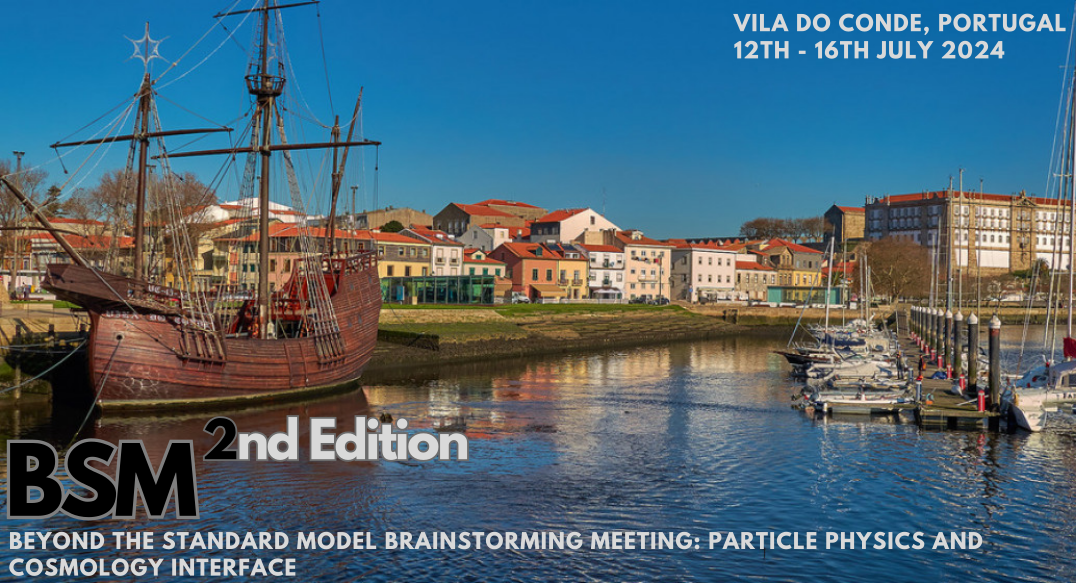Speaker
Description
We suggest a new class of models - Fermionic Portal Vector Dark Matter (FPVDM) which extends the Standard Model (SM) with SU(2)_D dark gauge sector. While FPVDM does not require kinetic mixing and Higgs portal to explain Dark Matter (DM) phenomena. This framework is based on the Vector-Like (VL) fermionic doublet which couples the dark sector with the SM sector through the Yukawa interaction. The FPVDM framework provides a vector DM with Z_2 odd parity ensuring its stability. Multiple realisations are allowed depending on the VL partner and scalar potential, which explain not only DM but also could provide solution of various BSM hints, including (g-2)_mu, flavour anomalies as well as W-boson mass measurement by CDF. Moreover, the breaking of SU(2)_D can also provides the Graviational Wave signals from a specific regions of the parameter space, where the strong first-order phase transition takes place.
Two FPVDM examples will be discussed. One of them is the realisation with only a VL top partner, which provides interesting and promising implications for DM direct and indirect detection experiments, relic density and collider searches. Another realisation is th emodel with a doublet of new vector-like partners of muon can simultaneously explain DM relic density together with (g-2)_mu anomaly which has been in close focus of the HEP community over two decades. It predicts the mass of vector DM to be below GeV as well as the mass of the muon partner to be below 1 TeV, and provides novel
multi-lepton signatures at the LHC.
The talk is based on 2203.04681, 2204.03510 arXiv papers as well as the two new papers which are coming soon.
